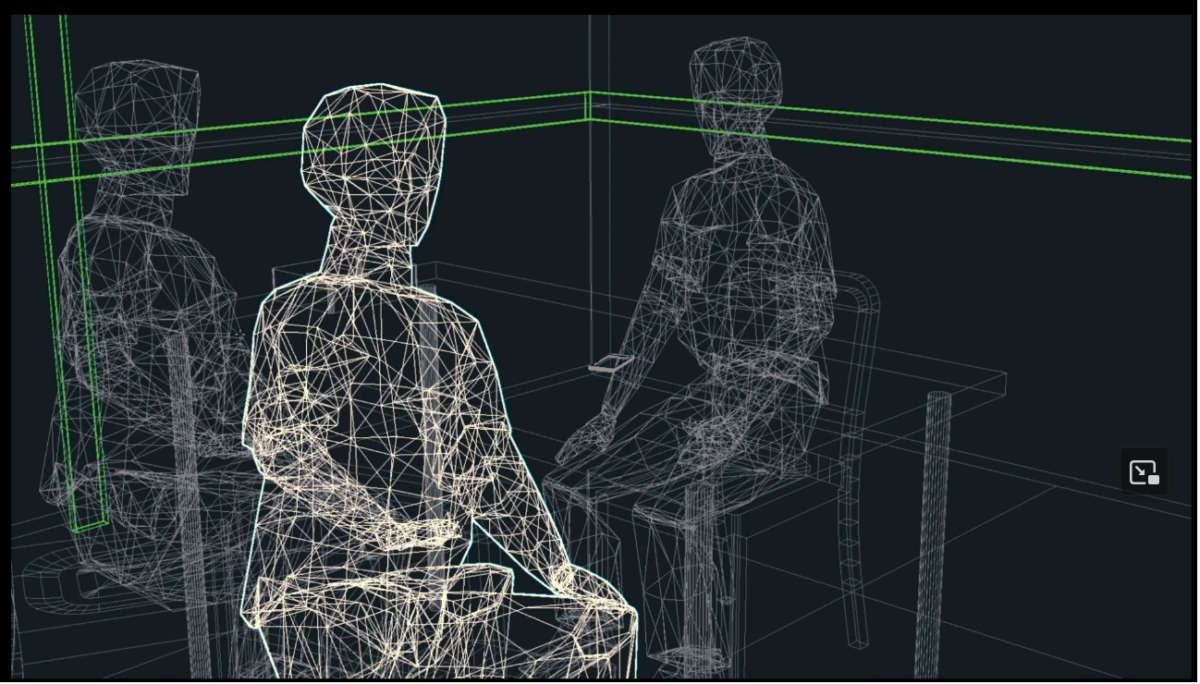At the first event organized by the University of West London group Women Into Cybersecurity, a questioner asked how the debates around the Internet have changed since I wrote the original 1997 book net.wars..
Not much, I said. Some chapters have dated, but the main topics are constants: censorship, freedom of speech, child safety, copyright, access to information, digital divide, privacy, hacking, cybersecurity, and always, always, *always* access to encryption. Around 2010, there was a major change when the technology platforms became big enough to protect their users and business models by opposing government intrusion. That year Google launched the first version of its annual transparency report, for example. More recently, there’s been another shift: these companies have engorged to the point where they need not care much about their users or fear regulatory fines – the stage Ed Zitron calls the rot economy and Cory Doctorow dubs enshittification.
This is the landscape against which we’re gearing up for (yet) another round of recursion. April 25 saw the passage of amendments to the UK’s Investigatory Powers Act (2016). These are particularly charmless, as they expand the circumstances under which law enforcement can demand access to Internet Connection Records, allow the government to require “exceptional lawful access” (read: backdoored encryption) and require technology companies to get permission before issuing security updates. As Mark Nottingham blogs, no one should have this much power. In any event, the amendments reanimate bulk data surveillance and backdoored encryption.
Also winding through Parliament is the Data Protection and Digital Information bill. The IPA amendments threaten national security by demanding the power to weaken protective measures; the data bill threatens to undermine the adequacy decision under which the UK’s data protection law is deemed to meet the requirements of the EU’s General Data Protection Regulation. Experts have already put that adequacy at risk. If this government proceeds, as it gives every indication of doing, the next, presumably Labour, government may find itself awash in an economic catastrophe as British businesses become persona-non-data to their European counterparts.
The Open Rights Group warns that the data bill makes it easier for government, private companies, and political organizations to exploit our personal data while weakening subject access rights, accountability, and other safeguards. ORG is particularly concerned about the impact on elections, as the bill expands the range of actors who are allowed to process personal data revealing political opinions on a new “democratic engagement activities” basis.
If that weren’t enough, another amendment also gives the Department of Work and Pensions the power to monitor all bank accounts that receive payments, including the state pension – to reduce overpayments and other types of fraud, of course. And any bank account connected to those accounts, such as landlords, carers, parents, and partners. At Computer Weekly, Bill Goodwin suggests that the upshot could be to deter landlords from renting to anyone receiving state benefits or entitlements. The idea is that banks will use criteria we can’t access to flag up accounts for the DWP to inspect more closely, and over the mass of 20 million accounts there will be plenty of mistakes to go around. Safe prediction: there will be horror stories of people denied benefits without warning.
And in the EU… Techcrunch reports that the European Commission (always more surveillance-happy and less human rights-friendly than the European Parliament) is still pursuing its proposal to require messaging platforms to scan private communications for child sexual abuse material. Let’s do the math of truly large numbers: billions of messages, even a teeny-tiny percentage of inaccuracy, literally millions of false positives! On Thursday, a group of scientists and researchers sent an open letter pointing out exactly this. Automated detection technologies perform poorly, innocent images may occur in clusters (as when a parent sends photos to a doctor), and such a scheme requires weakening encryption, and in any case, better to focus on eliminating child abuse (taking CSAM along with it).
Finally, age verification, which has been pending in the UK ever since at least 2016, is becoming a worldwide obsession. At least eight US states and the EU have laws mandating age checks, and the Age Verification Providers Association is pushing to make the Internet “age-aware persistently”. Last month, the BSI convened a global summit to kick off the work of developing a worldwide standard. These moves are the latest push against online privacy; age checks will be applied to *everyone*, and while they could be designed to respect privacy and anonymity, the most likely is that they won’t be. In 2022, the French data protection regulator, CNIL, found that current age verification methods are both intrusive and easily circumvented. In the US, Casey Newton is watching a Texas case about access to online pornography and age verification that threatens to challenge First Amendment precedent in the Supreme Court.
Because the debates are so familiar – the arguments rarely change – it’s easy to overlook how profoundly all this could change the Internet. An age-aware Internet where all web use is identified and encrypted messaging services have shut down rather than compromise their users and every action is suspicious until judged harmless…those are the stakes.
Illustrations: Angel sensibly smashes the ring that makes vampires impervious (in Angel, “In the Dark” (S01e03)).
Wendy M. Grossman is the 2013 winner of the Enigma Award. Her Web site has an extensive archive of her books, articles, and music, and an archive of earlier columns in this series. She is a contributing editor for the Plutopia News Network podcast. Follow on Mastodon



